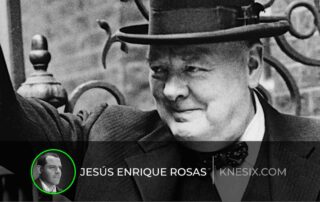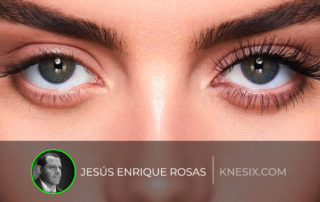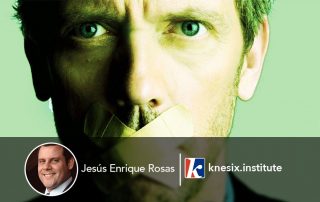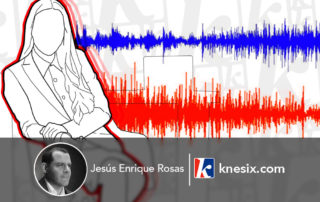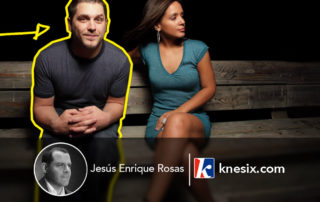The ONE Thing You Must Always Get Right About Handshakes
It's easy to imagine that handshakes are the most common form of greeting worldwide. Yes, there are cultural exceptions, but if you're doing business or even meeting new friends wherever you go, it's highly likely that you're going to engage with this centuries-old traditional gesture. There are MANY factors that we could mention about handshakes. Who initiates the gesture, what your posture should be, eye contact, make sure that your hand isn't moist (that's why I ALWAYS advise you against having your right hand in your pocket - the left one might get a pass!), how ample the 'shaking', and so ... [keep reading...]

